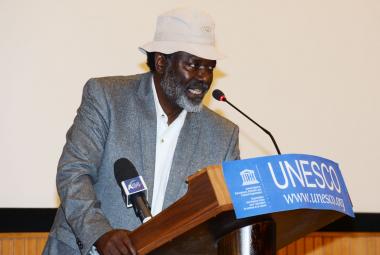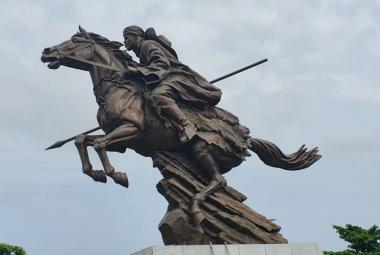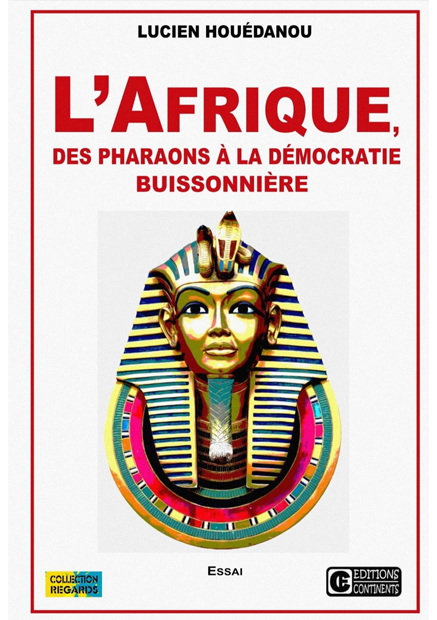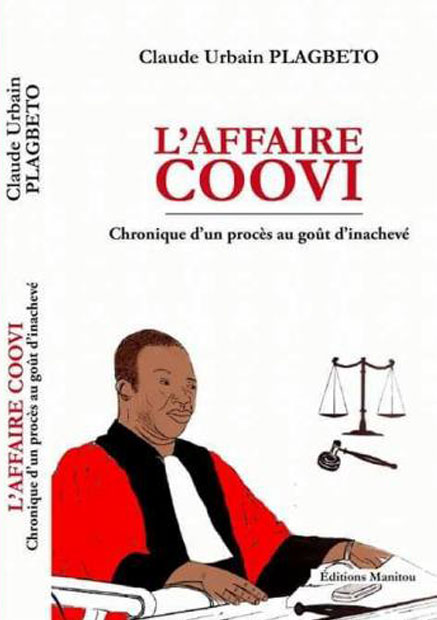In Natitingou, capital of the Department of Atacora (North-West of Benin), stand two steles in honor of Kaba, one of the three national heroes of Benin, and a great African resistance fighter against colonization with the King Bèhanzin of Abomey and Bio Guera of Borgou. Kaba led one of the longest and most heroic resistances in Africa, even if he is the most widely misunderstood great African resistance fighter of his time by Africans, even Beninese. Explanations.
It was in the context of the First World War (1914-1918) which saw France oppose Germany in particular that the colonial administration of French West Africa (AOF) decided to impose conscription on territories it was occupying in Africa. What will definitely set things on fire when KABA, chief of a small village called Pélima in Benin, then Dahomey, refused to let his nephew or one of his family go. Because he considered that the sons of the Atacora were in no way concerned by this war which was taking place thousands of kilometers from their home. And that if the French found it abnormal that another people occupied their territory, they did not have to do the same with the peoples of Africa. The confessions of Gabriel Louis Angoulvant, then Governor General of the AOF in Dakar, Senegal on the situation say a lot: “We do not actually have to repress a rebellion that does not exist at the bottom. The Somba, supporters of the agitator KABA, themselves cannot be considered true rebels since they never in fact recognized that they were our subjects. They tolerated our sovereignty as long as it did not seem inconvenient to them”.

The colonial troops will receive the order to put out of harm's way this KABA which risks compromising the advance of the colonial enterprise towards the hinterland. And starting from there, broke out in 1914 the war of resistance which will last three years. The Operation was baptized the “Column of the Atakora”. Fighting will take place in a good part of the Atacora mountain range. In this case in Wooroukou Tambou, Niarissera, Kouaténa, Tayakou and Data-Woory on the territories of the current municipalities of Kouandé, Natitingou, Toucountouna, Tanguiéta and Cobly. Or within a radius of more than a hundred kilometers around the epicenter. Captain Renard was specially appointed and exceptionally raised to the rank of Commander to quell the resistance. KABA withstood the assaults of three infantry companies, however better armed than his warriors and himself. And Commander Renard had to call on reinforcements in arms and men from Dakar, the capital of the AOF, but also from Niamey in Niger to overcome his men. The final clash resulted in what is known today as the Data-Woory Massacre on April 7, 1917.
According to Emmanuel Tiando, Professor of History at the University of Abomey-Calavi in Benin, at the end of this day of combat on April 7, 1917: "More than 400 shredded corpses (...) littered the ravine in the middle of the rock chips. There will be 320 prisoners. The column recorded 3 skirmishers killed and 27 wounded. It was consumed 19 shells, 39 grenades and 26000 cartridges”. Even his adversaries were forced to admire KABA's audacity, his intelligence, his strategy, his tenacity or quite simply his leadership, as the French colonial administration left traces of it itself in the archives of Benin, former Dahomey. Because, above all, the feat that KABA achieved was to federate all the multitude of peoples of Atakora and to unite them under his orders around common ideals, namely independence and freedom.

Of this intelligent and daring resistance, there remain oral sources, written testimonies of the colonial administration itself in terms of correspondence and reports. But much remains to be written not only about KABA but also about the resistance he led and for which the colonial administration recognized in writings his qualities as a leader and organizer, his military intelligence, and his courage. Indeed, what makes KABA unique is that no soldier of the colonial troops saw him even once and therefore cannot say what he looked like until his disappearance. The man who used guerrilla tactics to perfection. Commander Renard and his men only deduced that he had died in their bombardments of the Data-Woori cave without his body having been formally identified. But for oral traditions, KABA was not killed: he simply disappeared. Mysteriously.
KABA's war of resistance against French colonization (1914-1917) left many vestiges, some of which are still wonderfully preserved to this day. These include, among other things, dry stone constructions that housed warriors and their families, weapons and other everyday objects, blast furnaces that were used to melt iron ore to forge the weapons of fighters, galleries that the craftsmen dug to extract the iron ore to be worked. To understand and better appreciate the importance of this resistance which is one of the least known of the African resistances, there is nothing better than to go to one or the other of the combat sites of what it is agreed to call: The road of resistance of KABA.
By M.B.T.




















